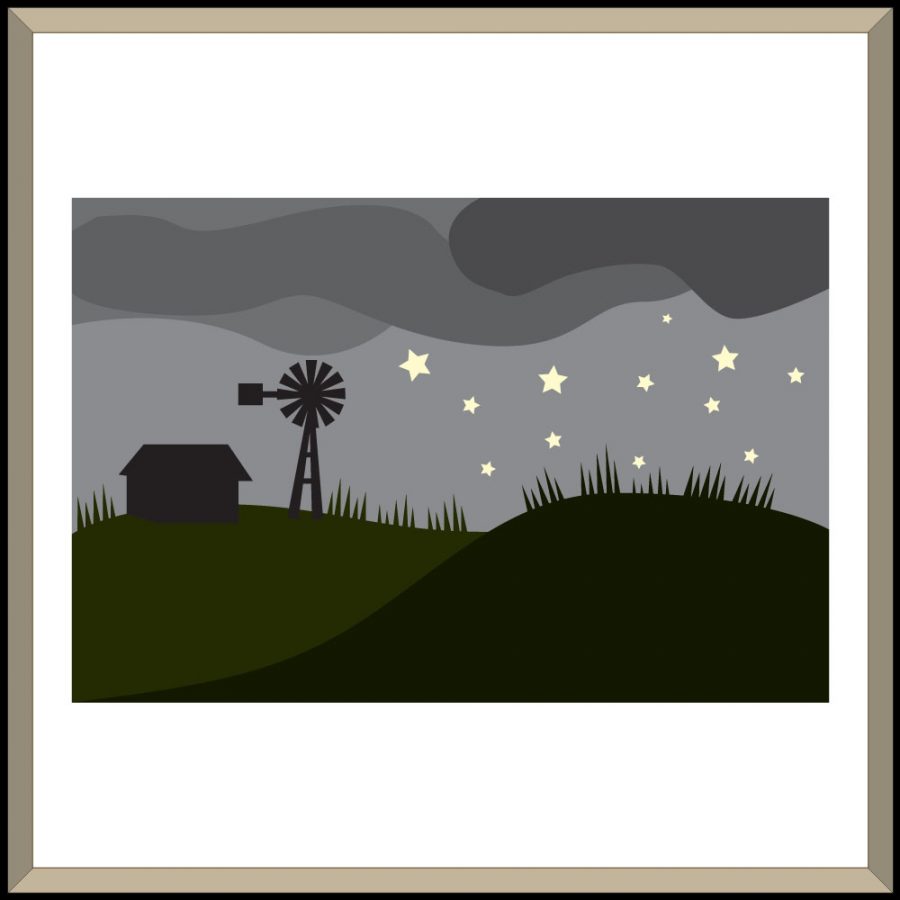Capturing the Dark Side of Rural America
October 16, 2017
An unexplainable and eerie silence pervades the work of American photographer Gregory Crewdson. Nobody talks; nobody ever seems to laugh or smile. There’s beauty but also sadness. Whether alone or in pairs, everyone is lost in their own thoughts or asleep. The open-ended and ambiguous works of Crewdson and his unique art style successfully capture the undercurrent of something psychological or dangerous.
In his works, Crewdson carefully constructs his tableaux, or a group of models that represent a scene from history, and bathes them in a soft suffusing twilight, real and artificial. Crewdson’s belief is that it’s not enough to simply make a beautiful image, something else has to be going on, such as an undertone of something desirous or fearful.
For the first time, an entire gallery has been given over to the work of a single artist, Crewdson, in an upstairs office at London’s Photographers’ Gallery. The focal point of this exhibition is Crewdson’s’ latest cycle of photographs. Among these photographs include “Cathedral of the Pines,” which was shot in the Berkshires in western Massachusetts where his family once owned a log cabin as a young child. These days, it’s where he can cross-country ski and swim for long distances as he continues to drive around looking for locations that are doubly important in his photography.
Crewdson has always incorporated small town U.S. in his photographs, but recently he’s shifted into more remote, more isolated countryside photographs. Crewdson has always been attracted by the ordinary, the anonymous, and the timeless, preferring that we can’t quite date or place the images he creates. This leaves his viewers with a mysterious feeling in which they cannot pinpoint. Crewdson has also famously used cinematic lighting since his “Twilight” series from 1198 to 2002. With this technique, he uses an ordinary lighting cameraman and multiple film technicians, as well as props and movie-making tools like rain and fog machines to enhance his desired atmosphere. Instead of using a storyboard, Crewdson writes a one-page description of each photograph. Titles are kept brief and simple such as “Seated Woman on Bed.”
Crewdson describes his work as the intersection of wanting to create a perfect work and the impossibility of doing so. Despite this, Crewdson’s influences remain obvious as he continues to present and give an appreciation to others of the potential power of the photo.
Graphic by AARON CHAN

